Backcountry skiing is a great way to enjoy nature at its best. It allows you to get away from crowded ski resorts and dive into untouched snowy landscapes. Whether you're skiing through open fields or weaving through the trees, backcountry skiing connects you with nature in a special way. It's a fun and rewarding adventure for anyone who loves winter and the great outdoors. In this article, we will answer some of the most commonly asked questions about backcountry skis.

Backcountry skis are specially designed for off-piste terrain, away from groomed trails and ski resorts. Unlike traditional alpine skis, which are primarily designed for use on groomed slopes, backcountry skis are built to handle a variety of challenging conditions found in the wilderness.What are backcountry skis?
Backcountry skis allow skiers to venture into unmarked territory by combining features such as wider profiles, specialized bindings, and climbing skins. These components work together to provide better floatation in deep snow, improve the skier's ability to navigate through powder.How do backcountry skis work?
Absolutely! Backcountry skiing is a thrilling adventure in untouched snowy places. It's great if you want more exciting and challenging skiing experience away from crowded resorts.Is backcountry skiing worth trying?
Do I need special boots for backcountry skiing?
For traditional backcountry skis is recommended to use specialized backcountry skiing boots. However, our revolutionary Snowfeet* WALKSKI Backcountry Touring Skis | 99 CM come equipped with special bindings that can be used with normal boots or even snowboard boots. This versatility makes them incredibly convenient and user-friendly, eliminating the need for specific backcountry skiing footwear.
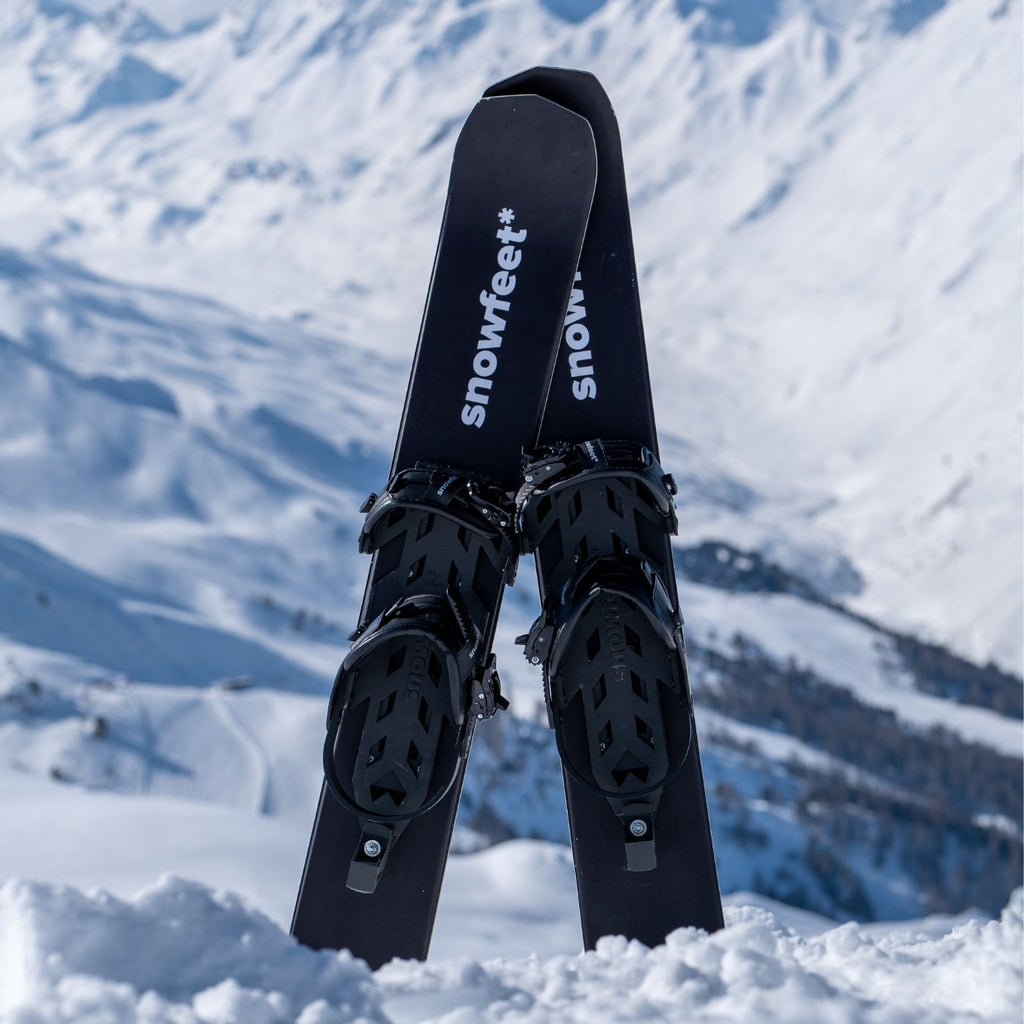
Yes, backcountry ski bindings are essential for this type of skiing. These bindings are designed to allow the heel to lift while ascending and securely lock down during descents. This flexibility is crucial for navigating in challenging terrain.Do I need backcountry ski bindings?
Can I use backcountry skis on groomed trails?
While backcountry skis are optimized for off-piste adventures, they can be used on groomed trails. However, their design may not provide the same performance as traditional skis on well-maintained slopes. Regular skis or cross-country skis work better on them. Backcountry skis are built for diverse and unpredictable terrains like untouched snow, steep slopes, and even deep powder.

Backcountry skiing comes with risks, such as getting lost, getting caught in a snowstorm or in an avalanche. However, with proper education, avalanche safety gear, and cautious decision-making, the risks can be minimized.Is backcountry skiing dangerous?
Carrying skis in the backcountry can be done using a variety of methods, including backpacks with ski-carry systems or specialized straps. Ensure your chosen method is secure and comfortable for the duration of your journey.How do you carry skis in the backcountry?
How do you ski uphill?
Skiing uphill is typically done using a technique called "skinning" or using climbing skins. These are special strips that attach to the bottom of your skis, providing grip against the snow while allowing your skis to slide forward.

Ski length directly impacts performance. Longer skis generally provide more stability at higher speeds. On the other hand, shorter skis are more maneuverable and agile, making them ideal for navigating tight spaces and challenging terrain.How does ski length affect performance?
What backcountry skiing gear do I need?
To start your backcountry skiing journey, you'll need a few essential pieces of gear. Invest in backcountry skis, bindings, climbing skins, and boots designed for touring. Don't forget safety gear like a beacon, probe, and shovel for avalanche preparedness. It's also wise to carry a backpack with extra layers, water, and snacks.
How to dress for backcountry skiing?
Dressing appropriately is key to enjoying backcountry skiing. Wear moisture-wicking base layers to keep sweat away, insulated layers for warmth, and a waterproof and breathable outer layer to protect against wind and snow. Don't forget a hat, gloves, and goggles to shield yourself from the cold and sun. Layering allows you to adjust to changing weather conditions, so you stay comfortable throughout your adventure.

Conclusion
With the right gear, knowledge, and preparation, backcountry skiing opens up a world of snowy exploration. Whether you're a seasoned adventurer or a beginner seeking a new winter hobby, these basics will set you on the right track for an exciting backcountry skiing experience.

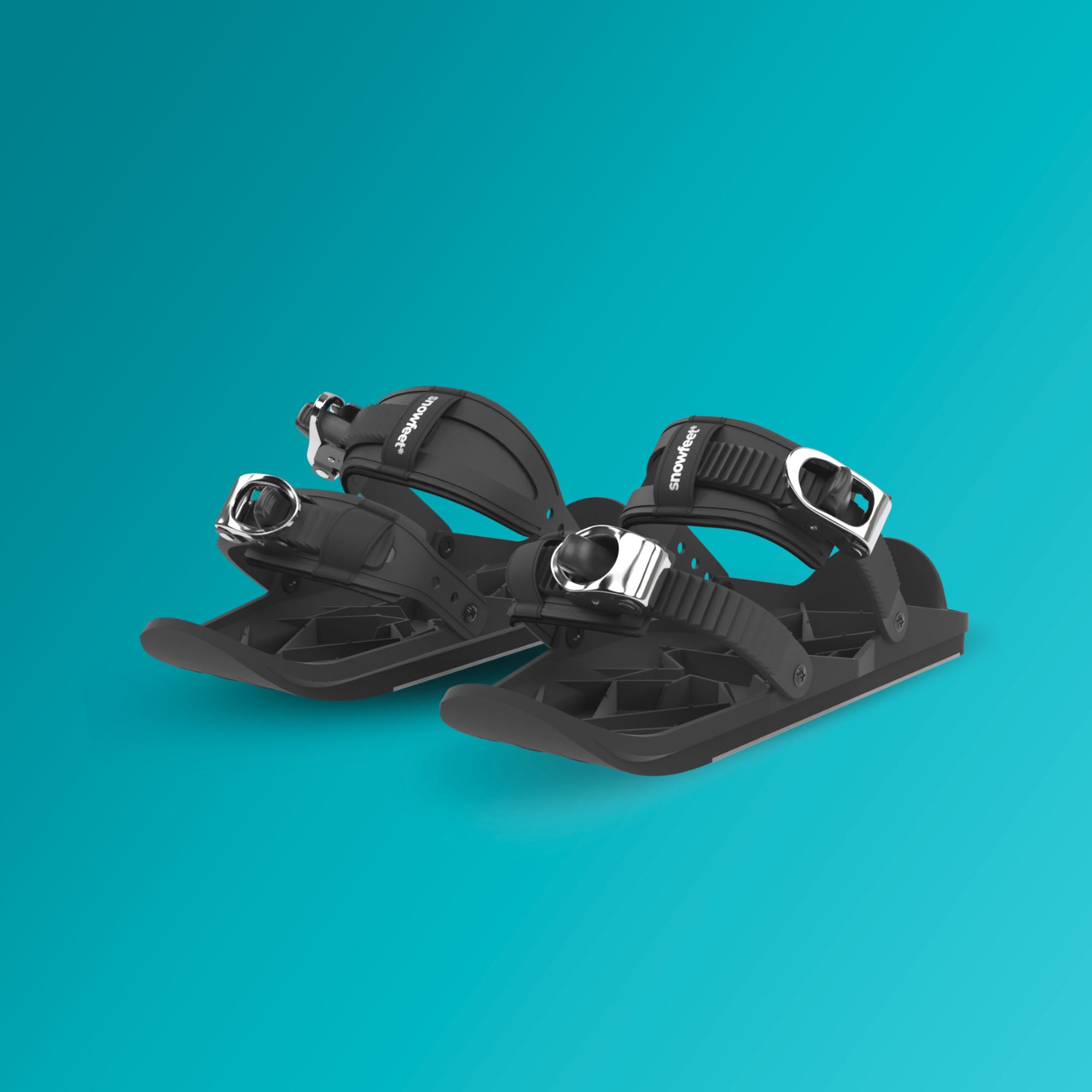
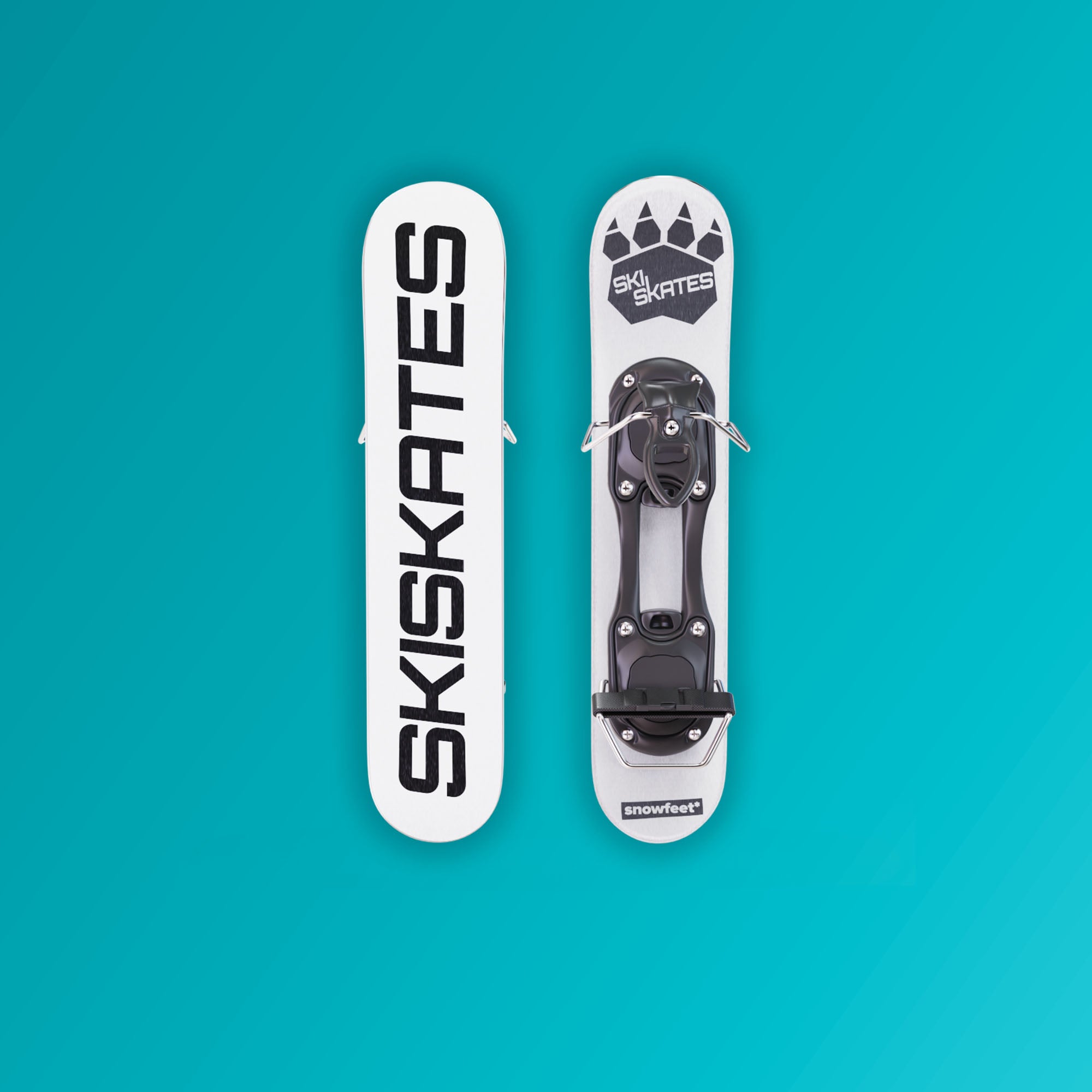
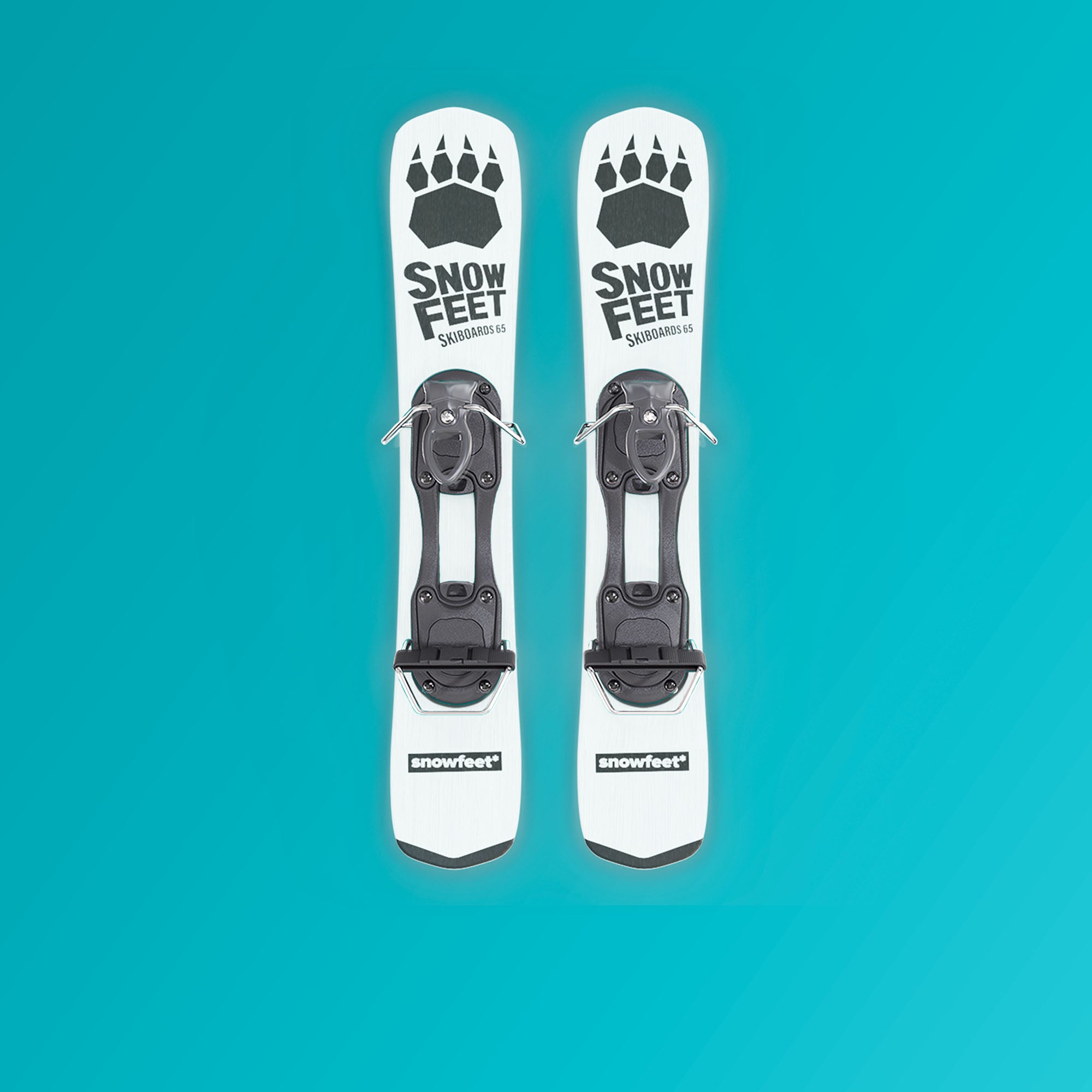
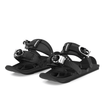
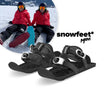
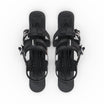
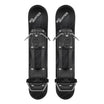
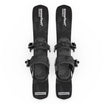
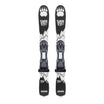
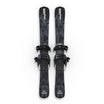
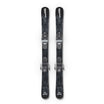
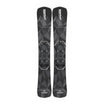

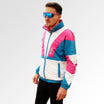
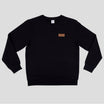
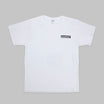
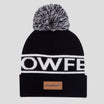
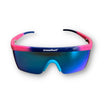
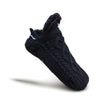

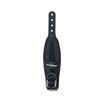
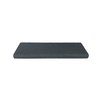

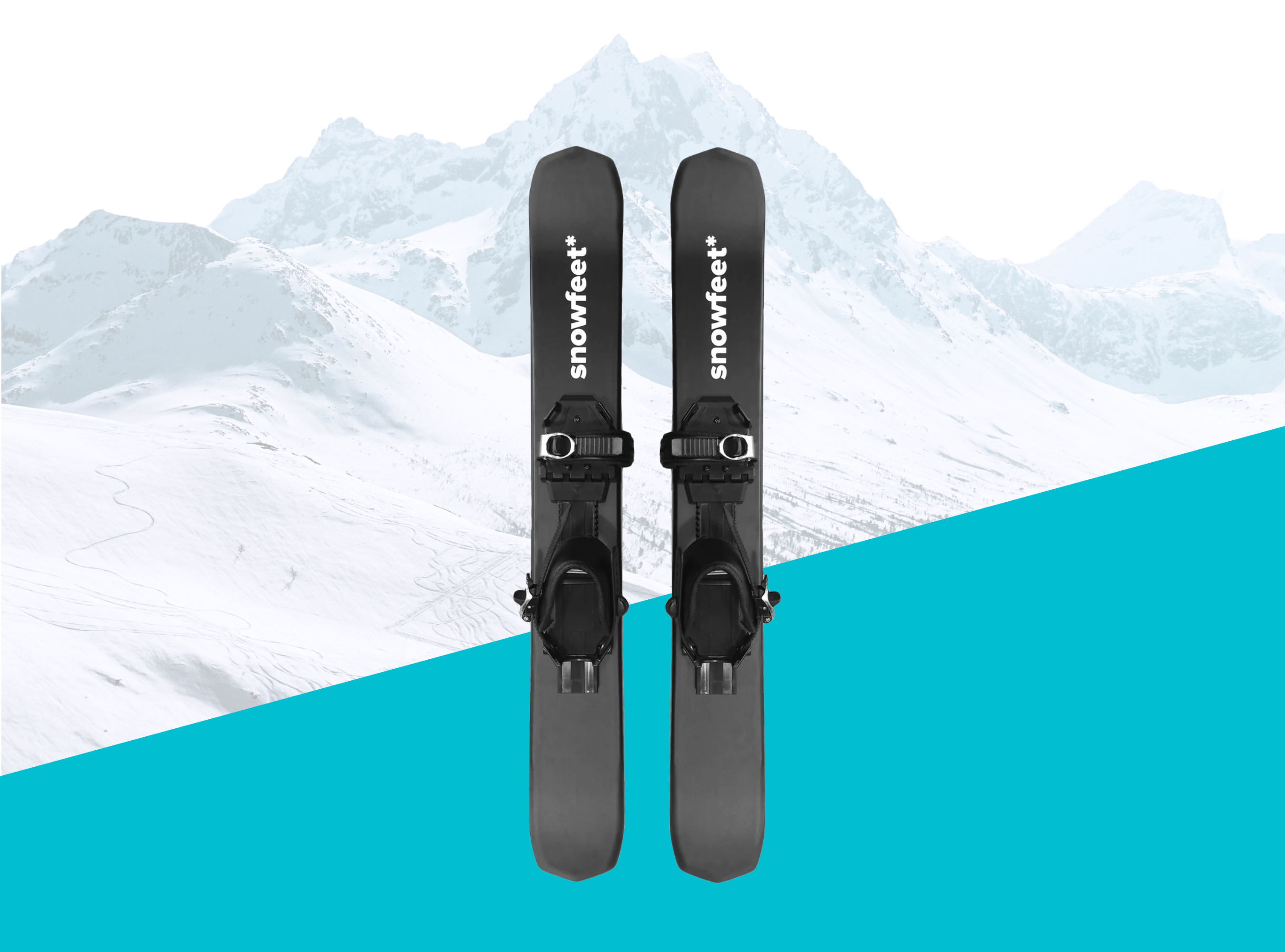
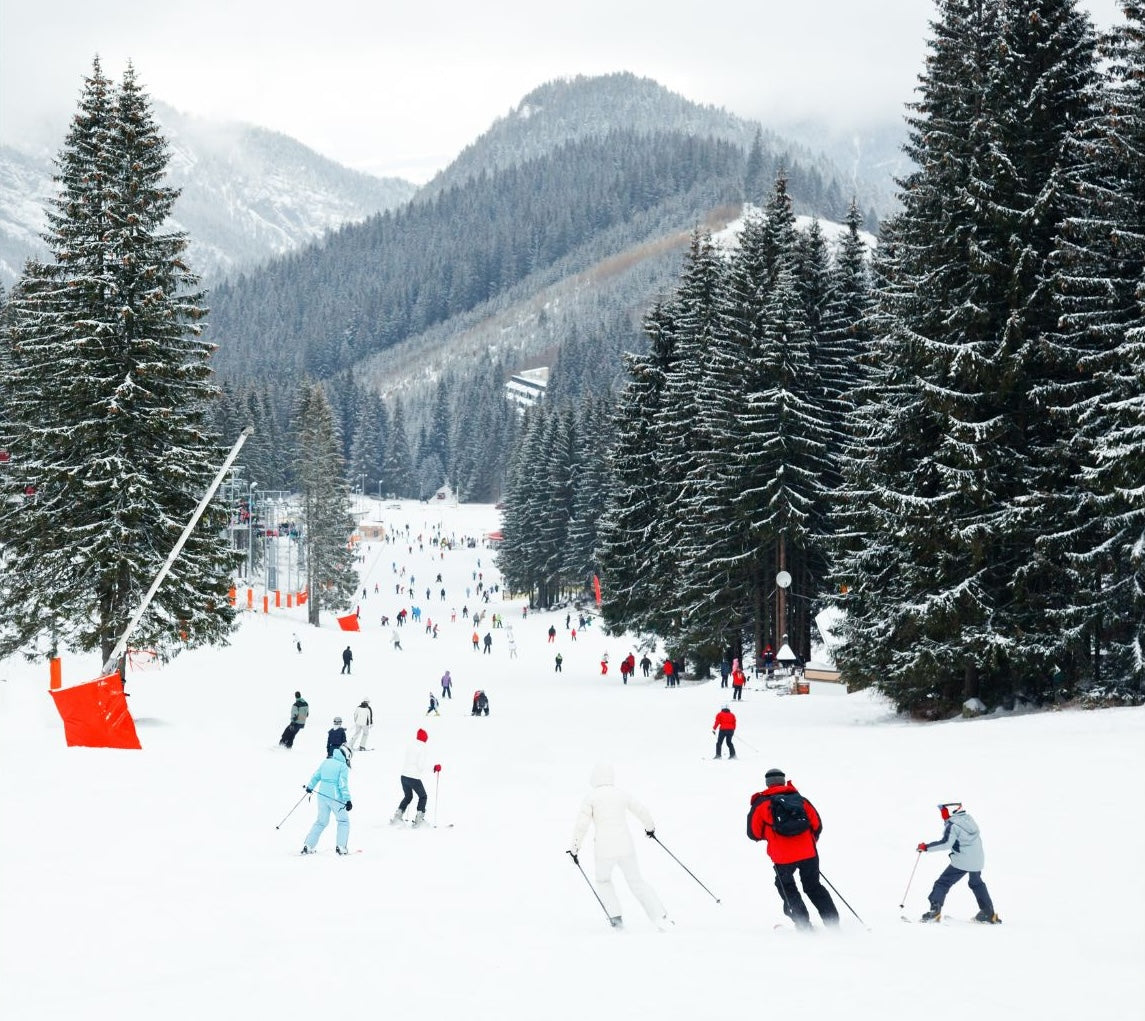
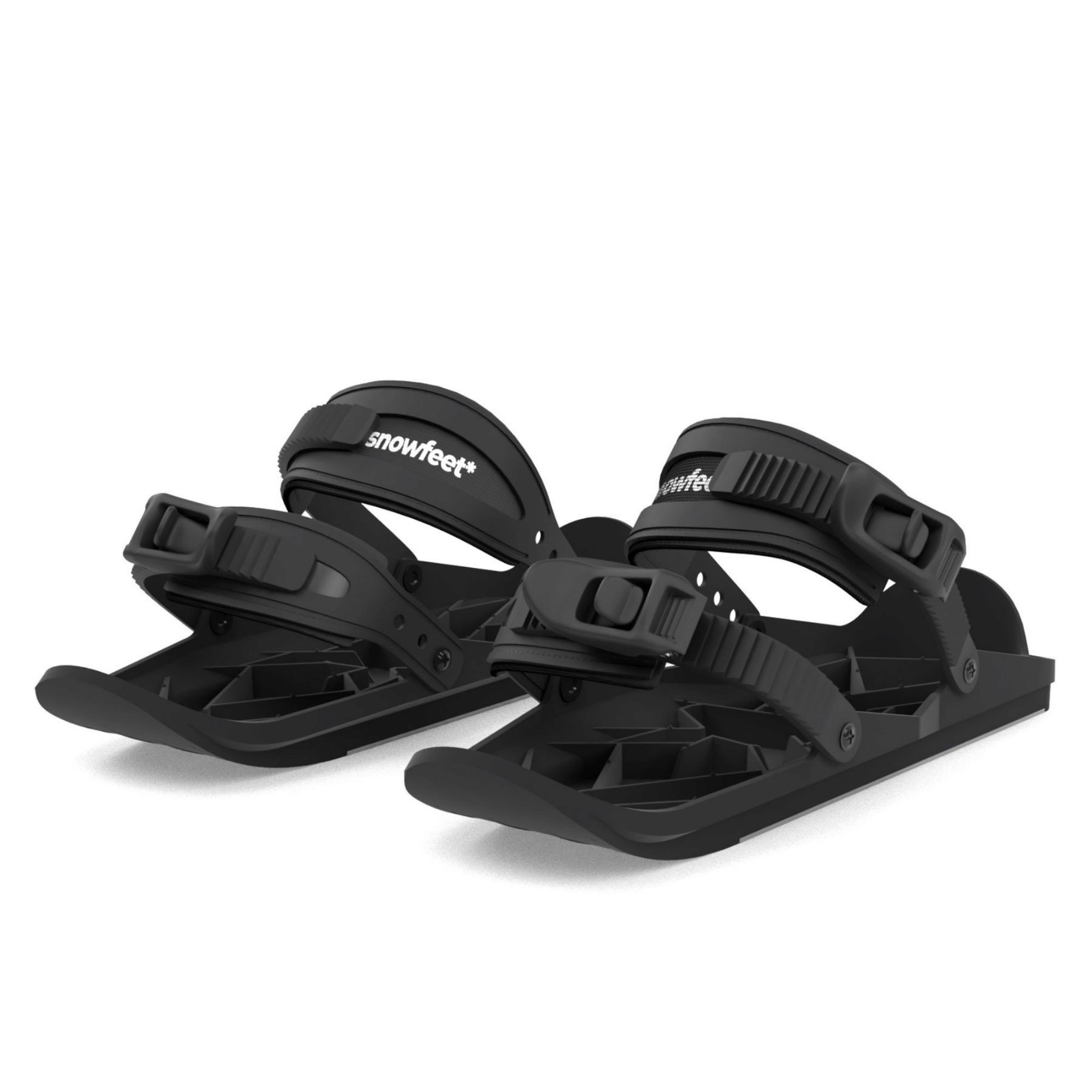
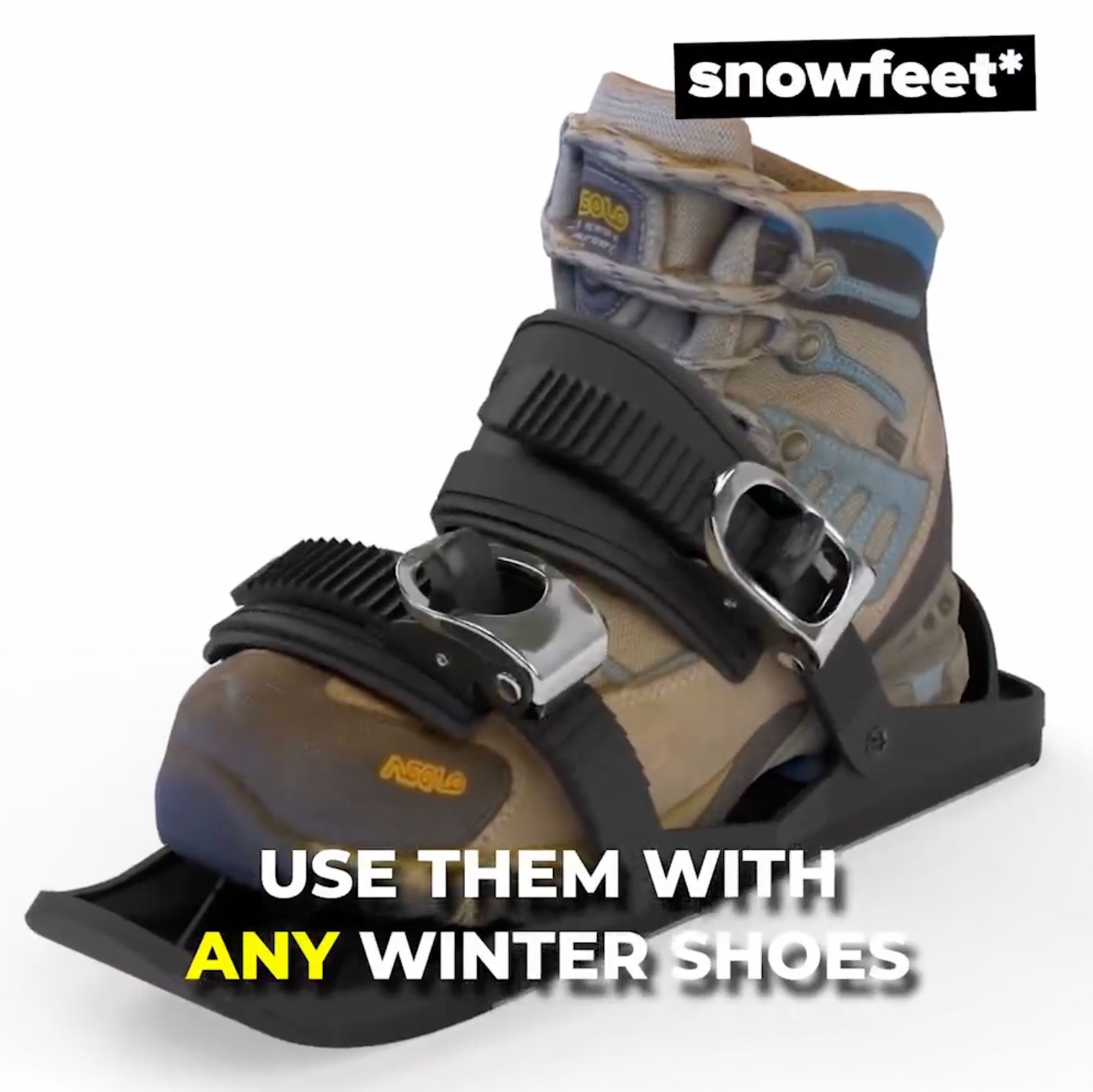
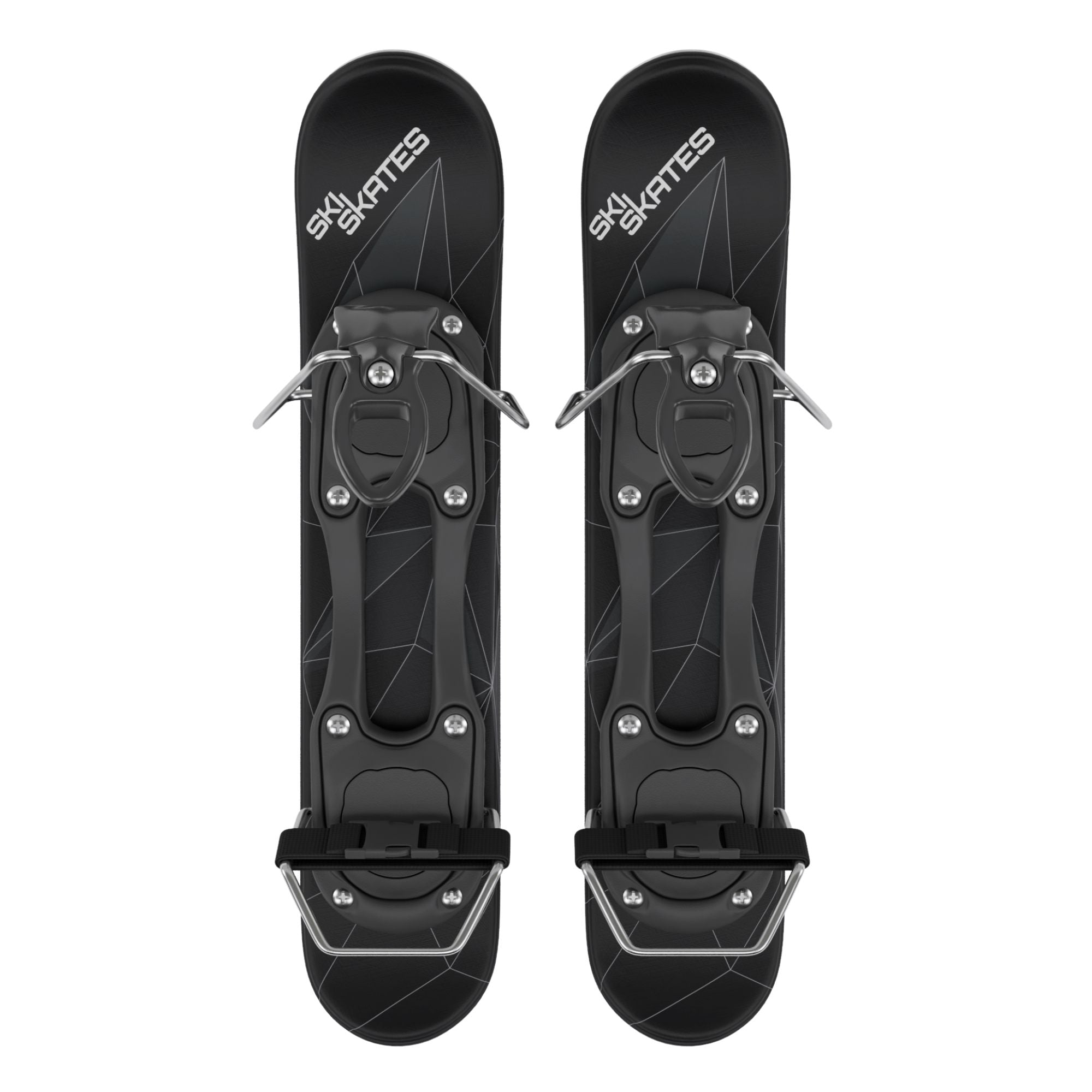
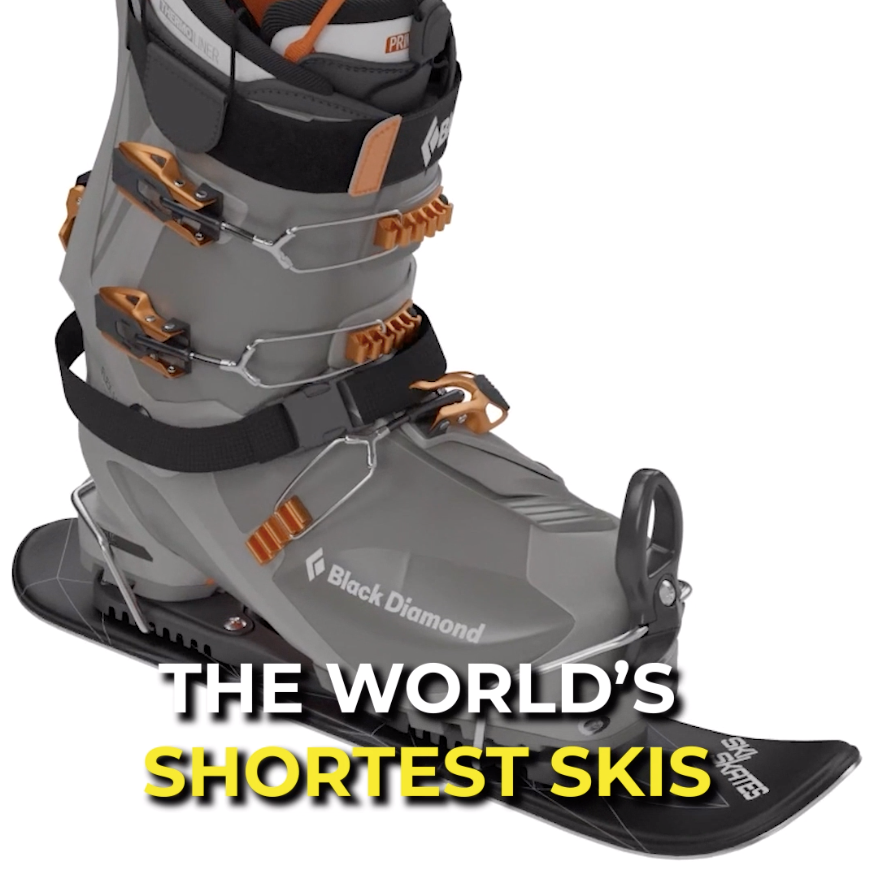
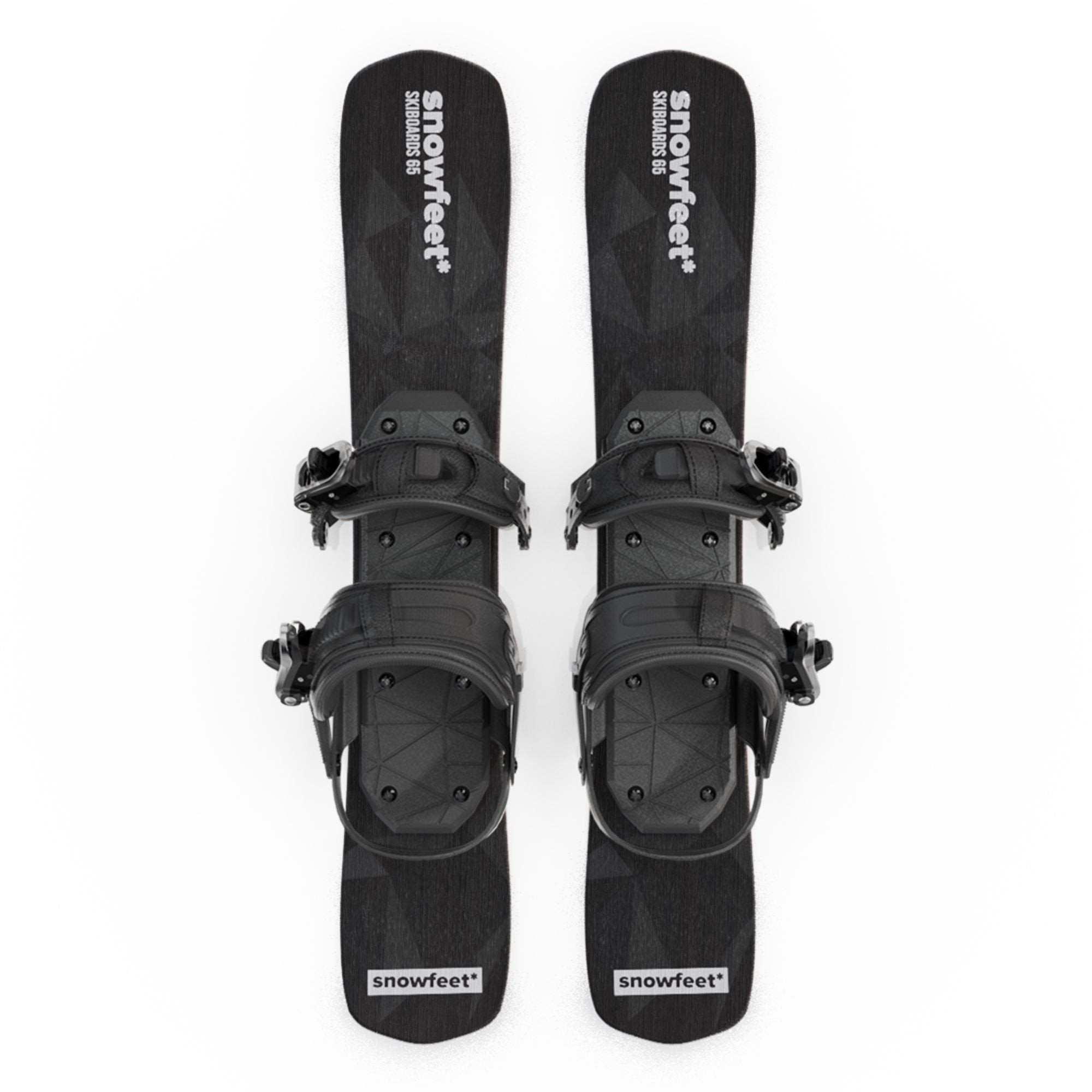
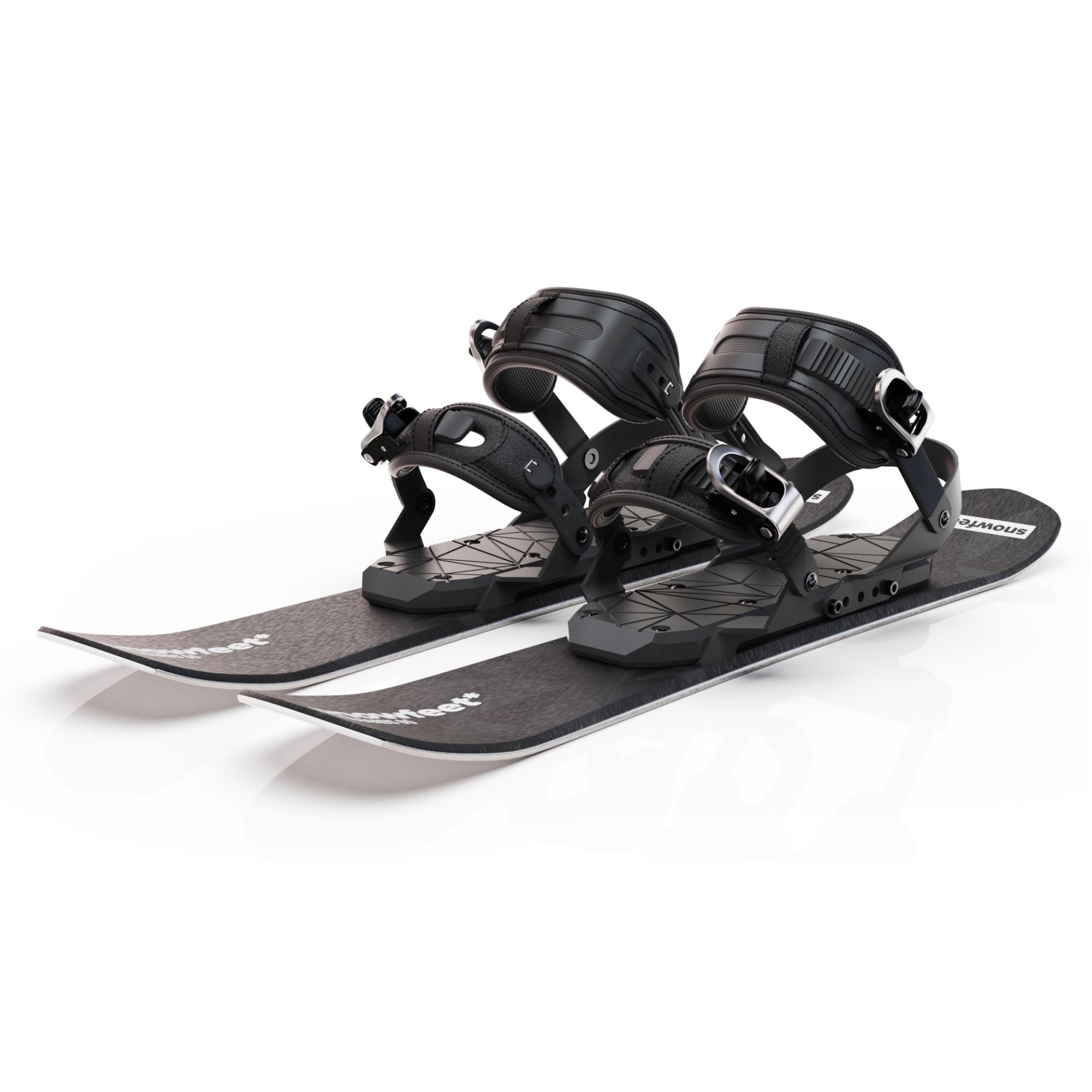
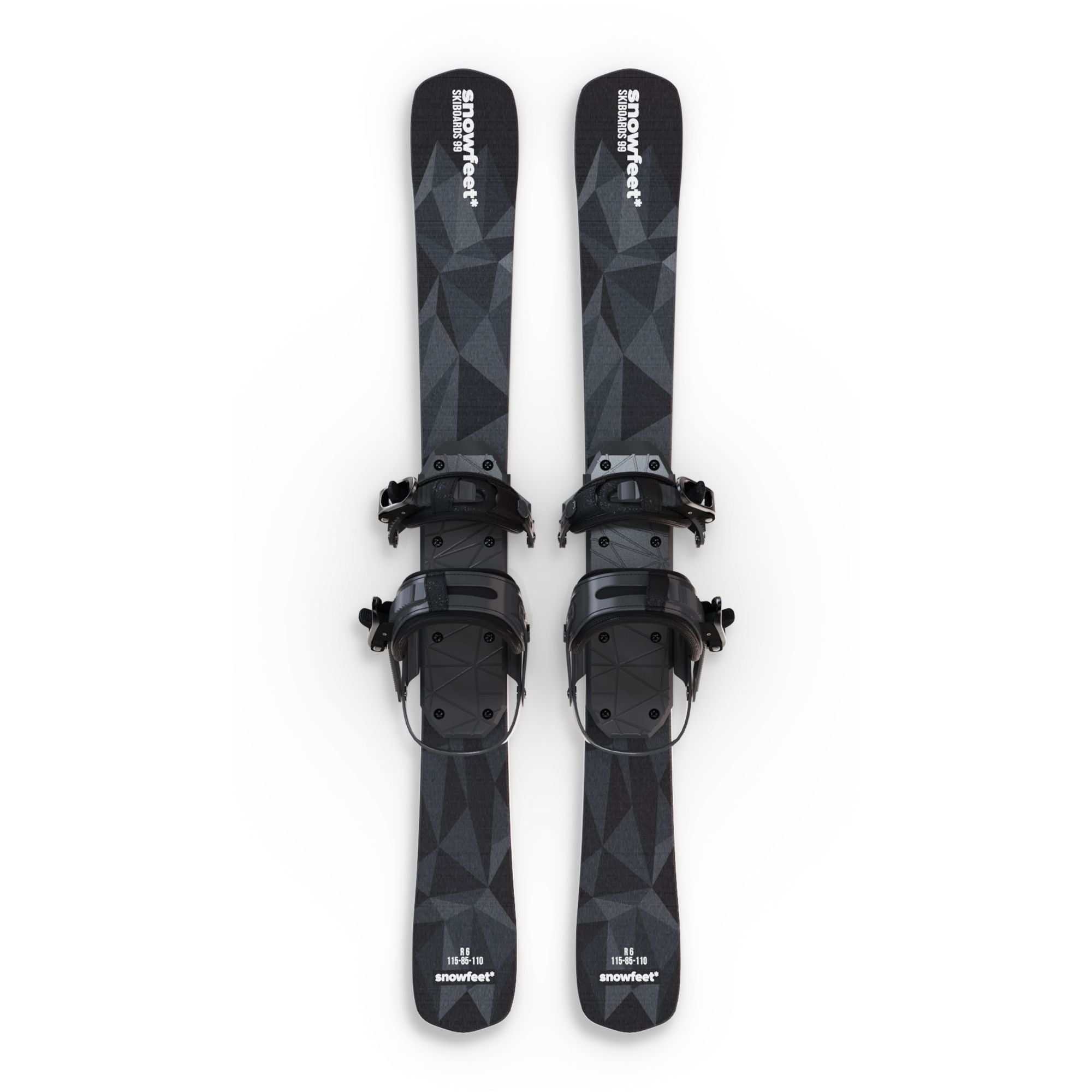
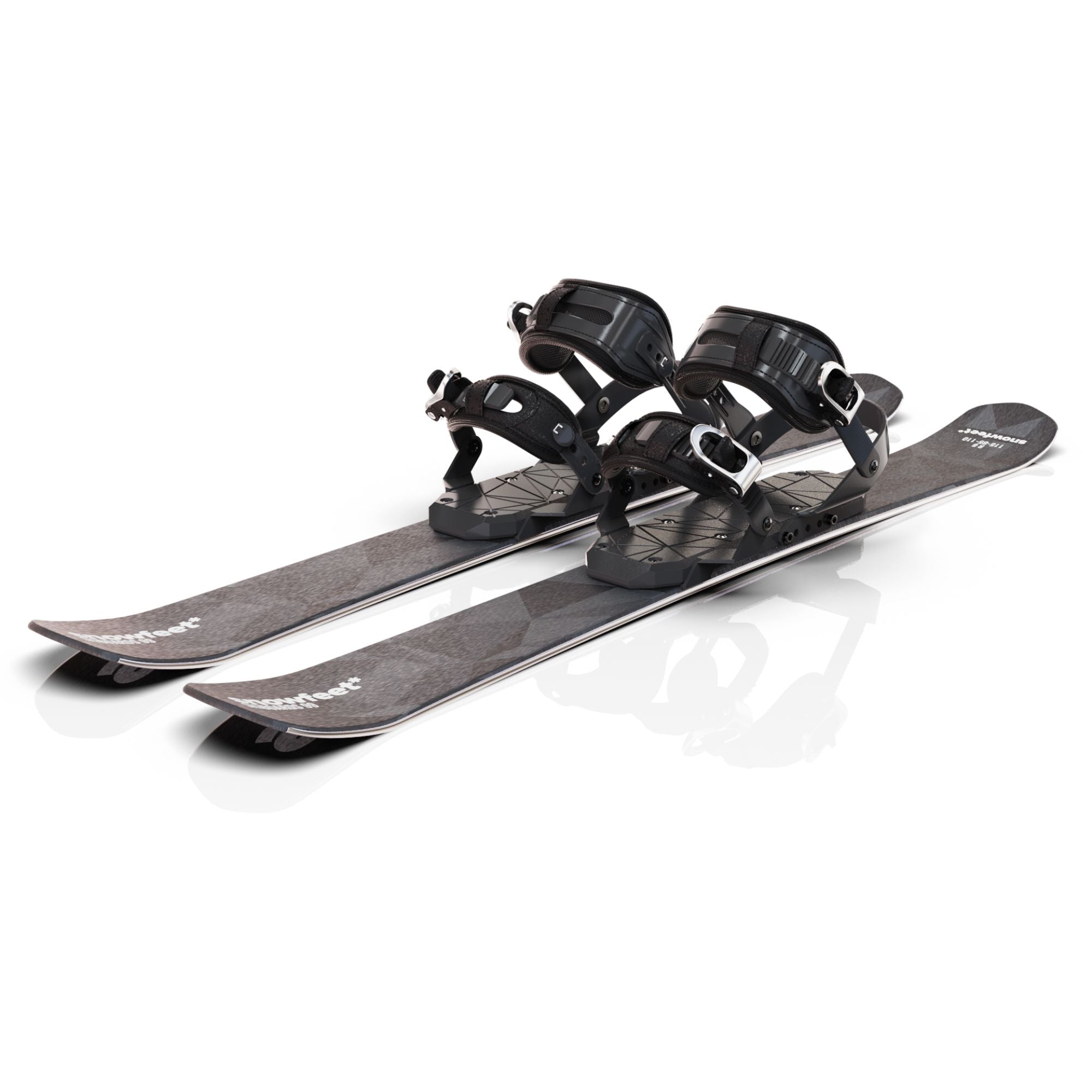
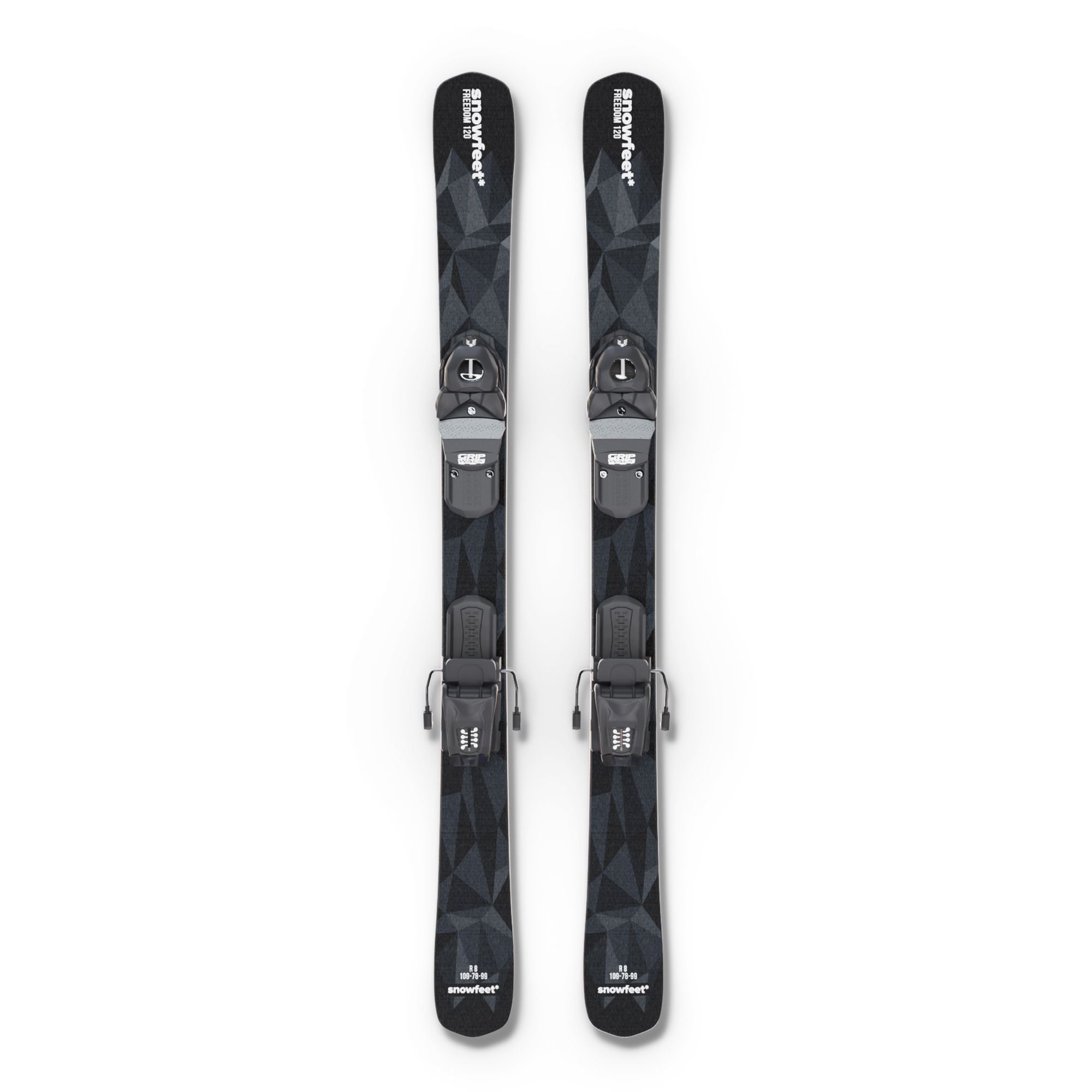
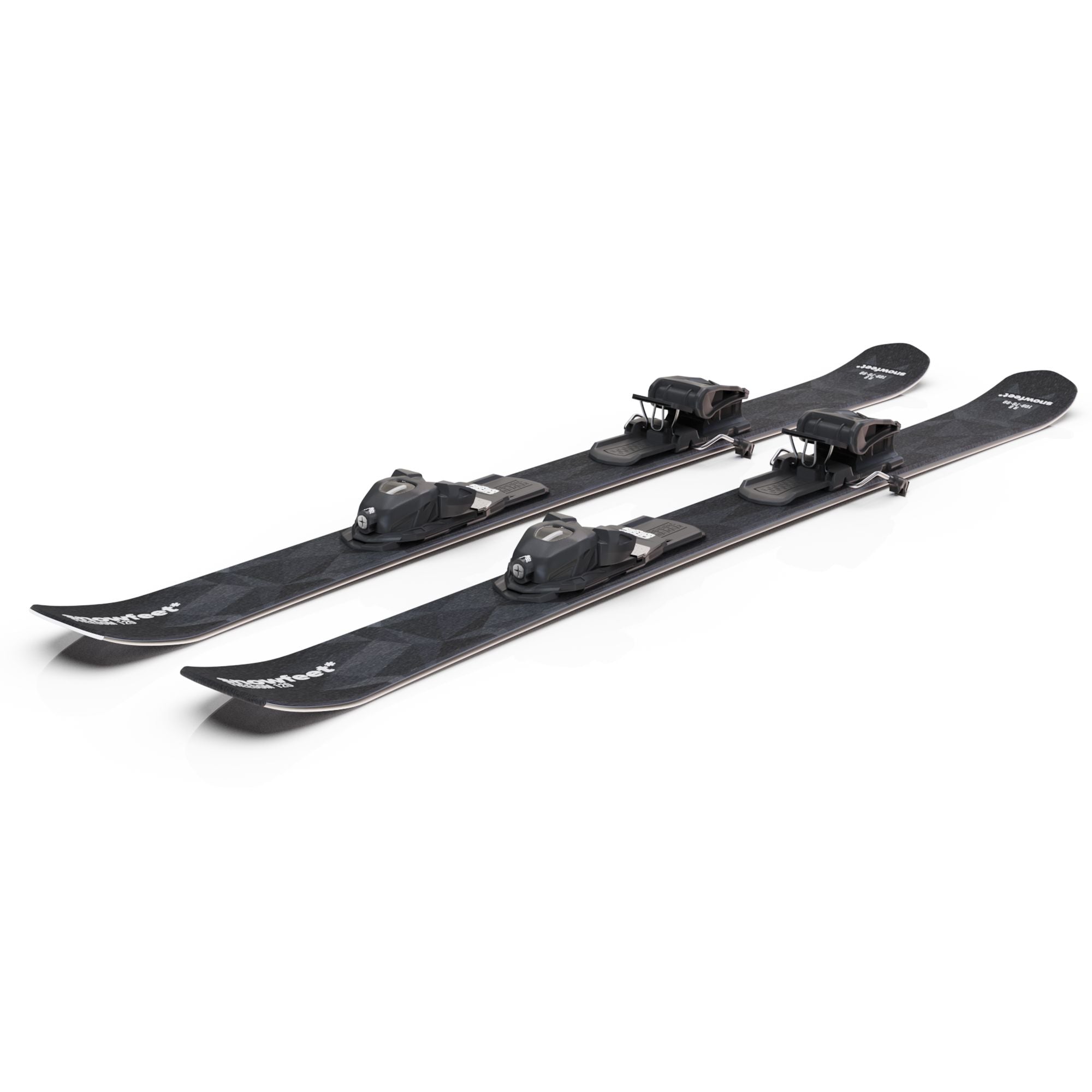
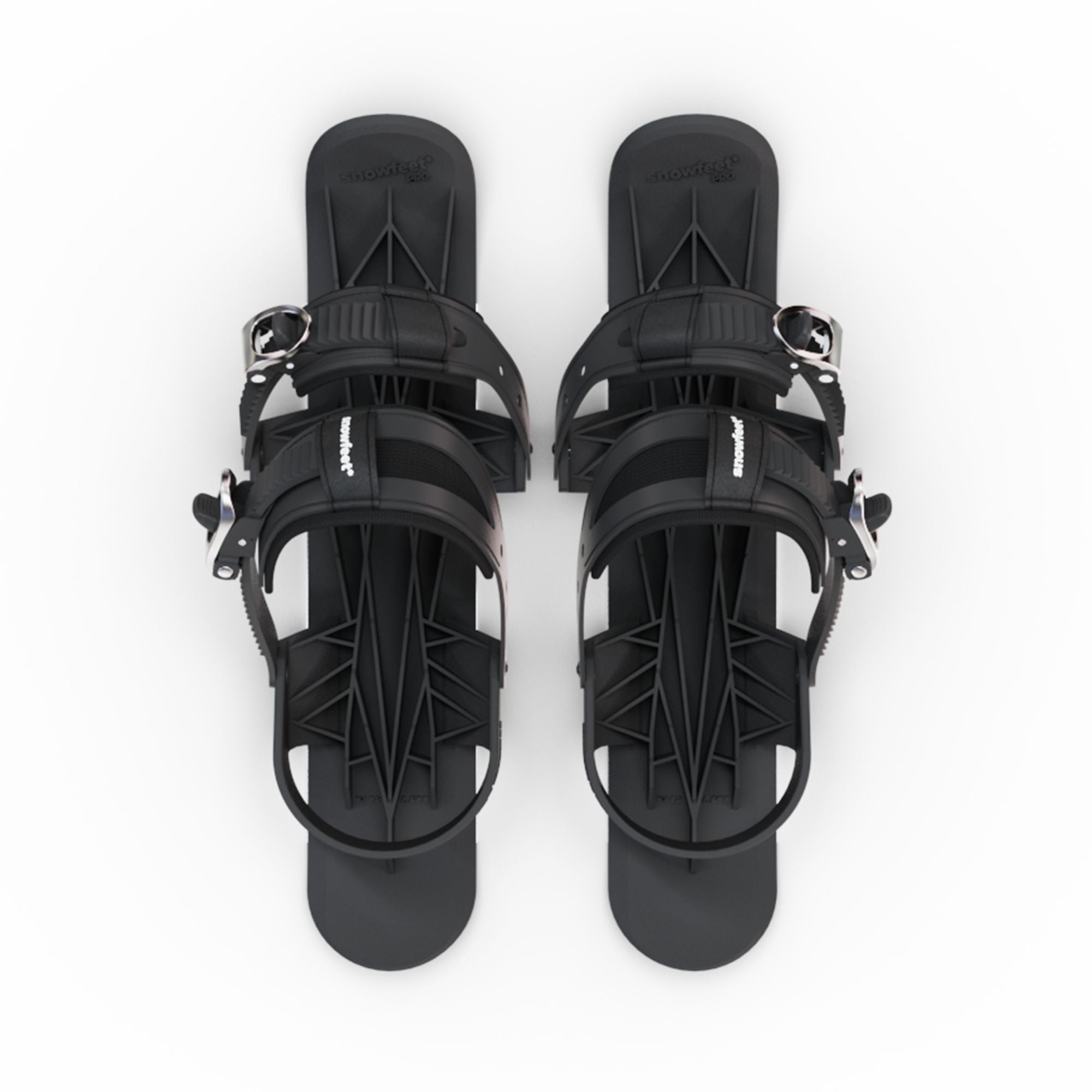
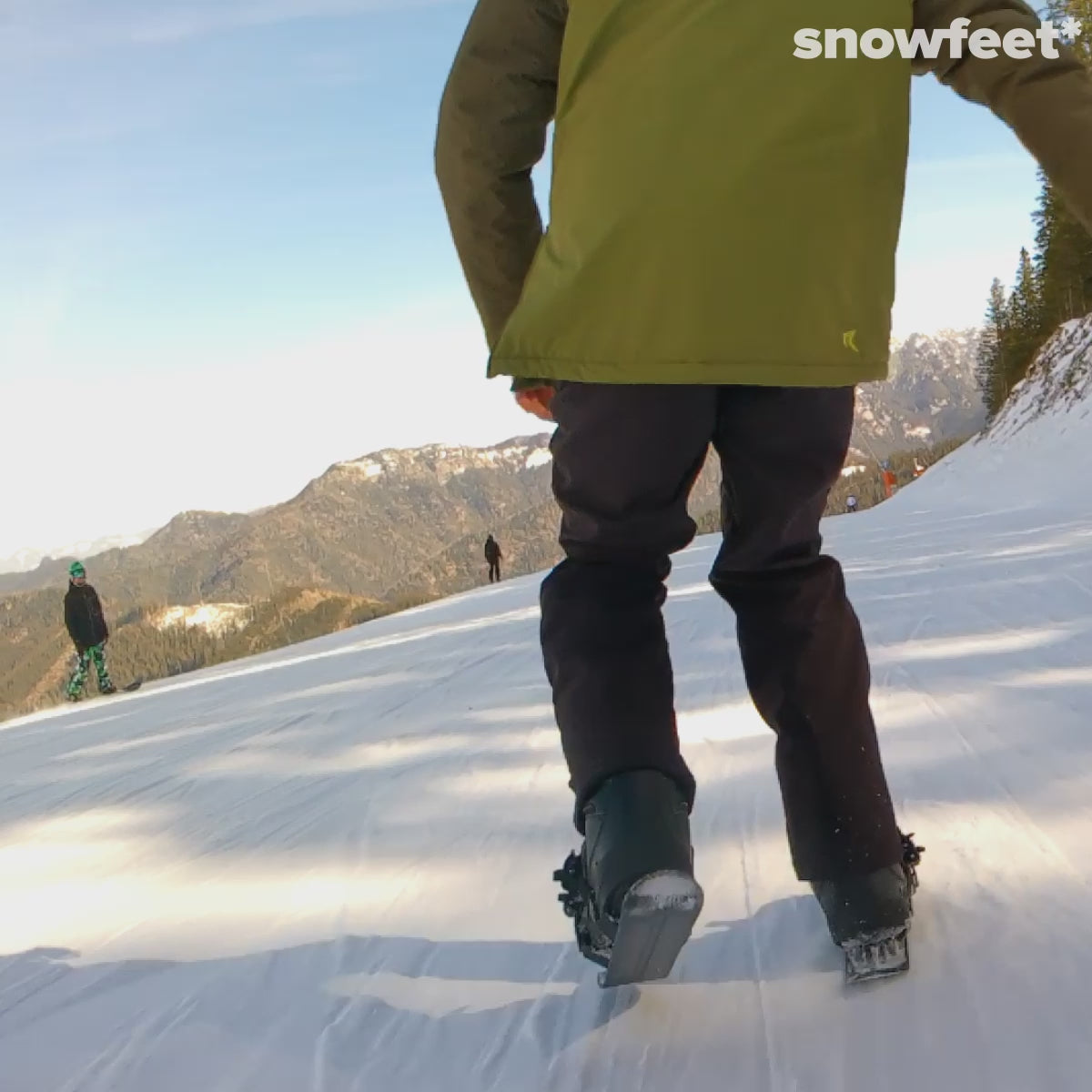
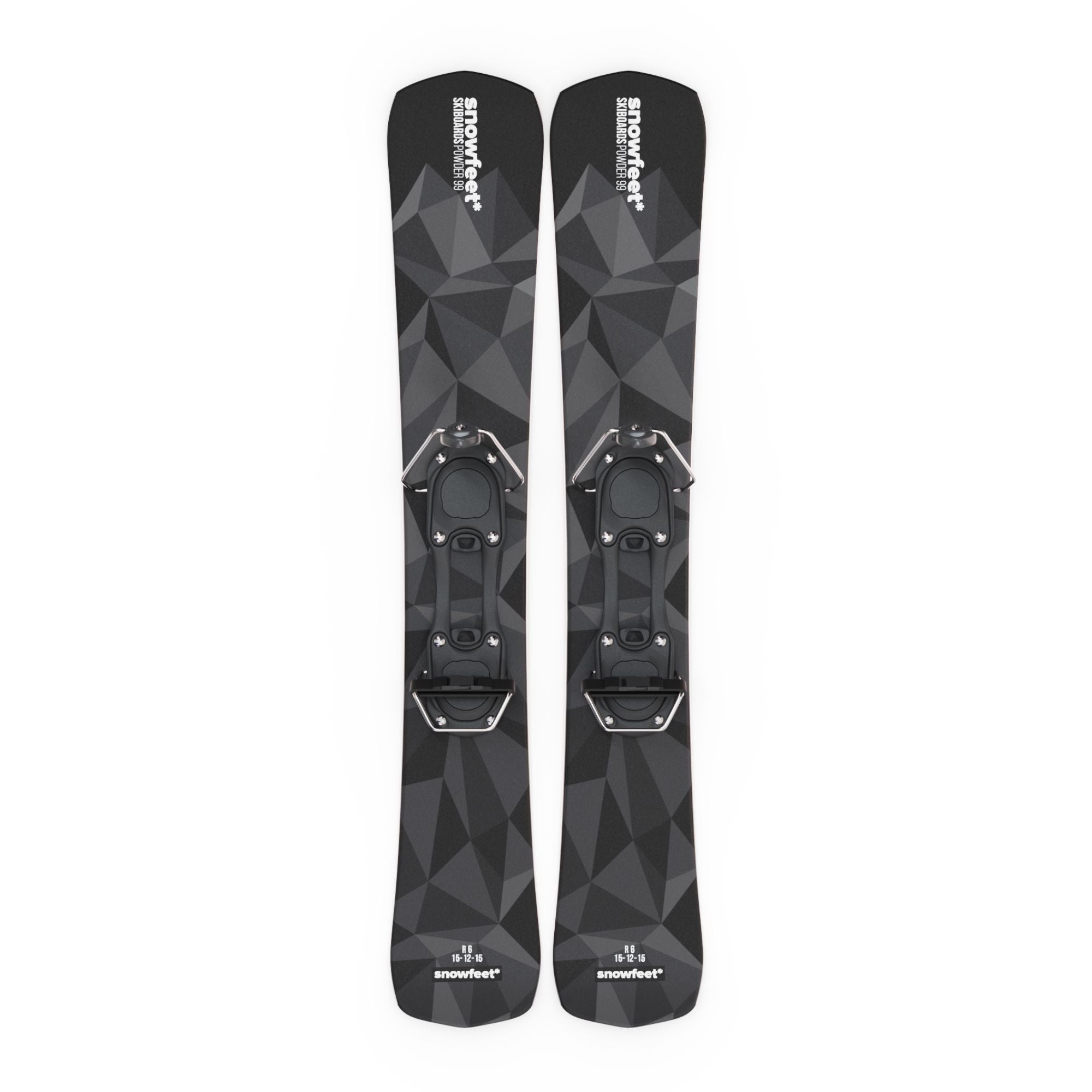
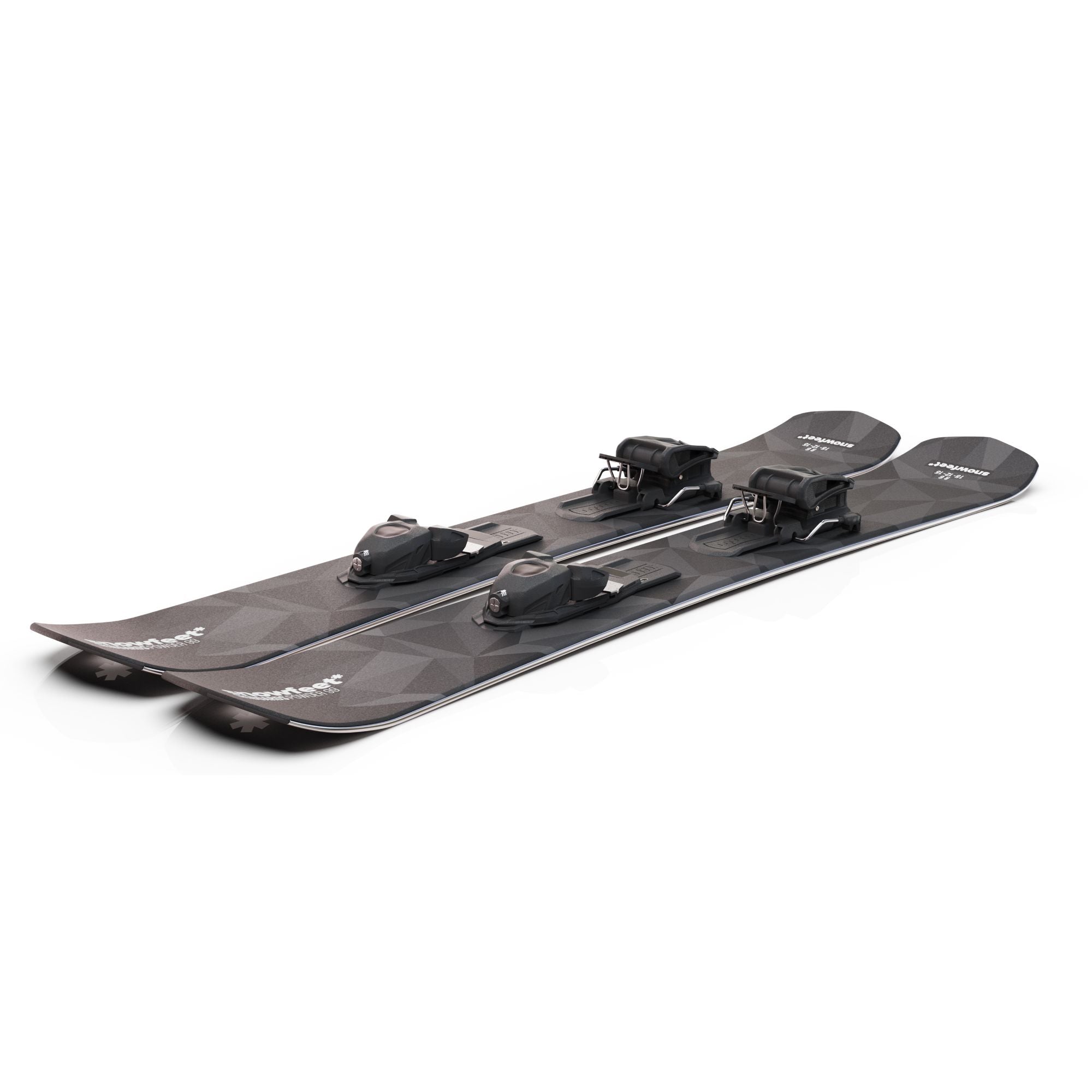
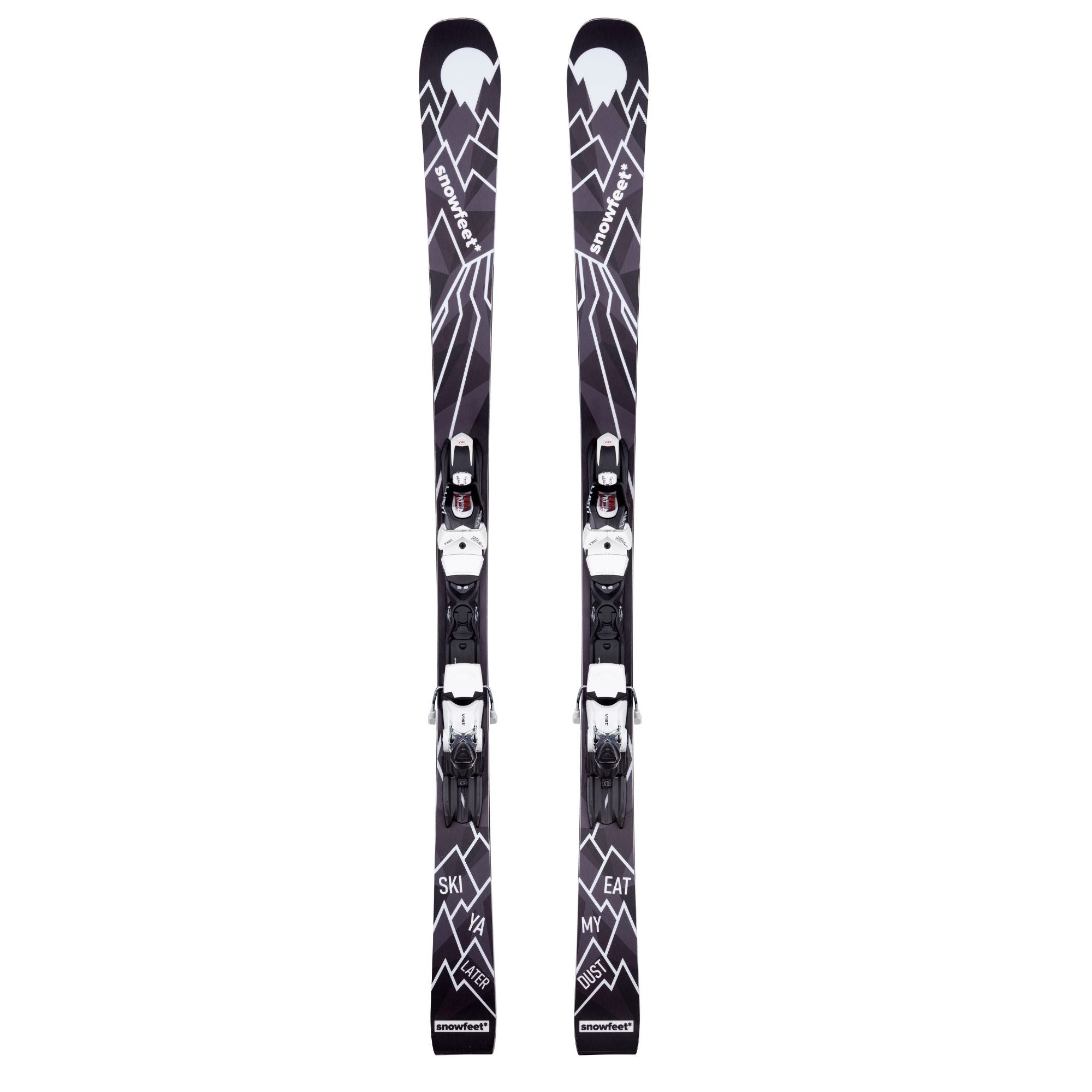
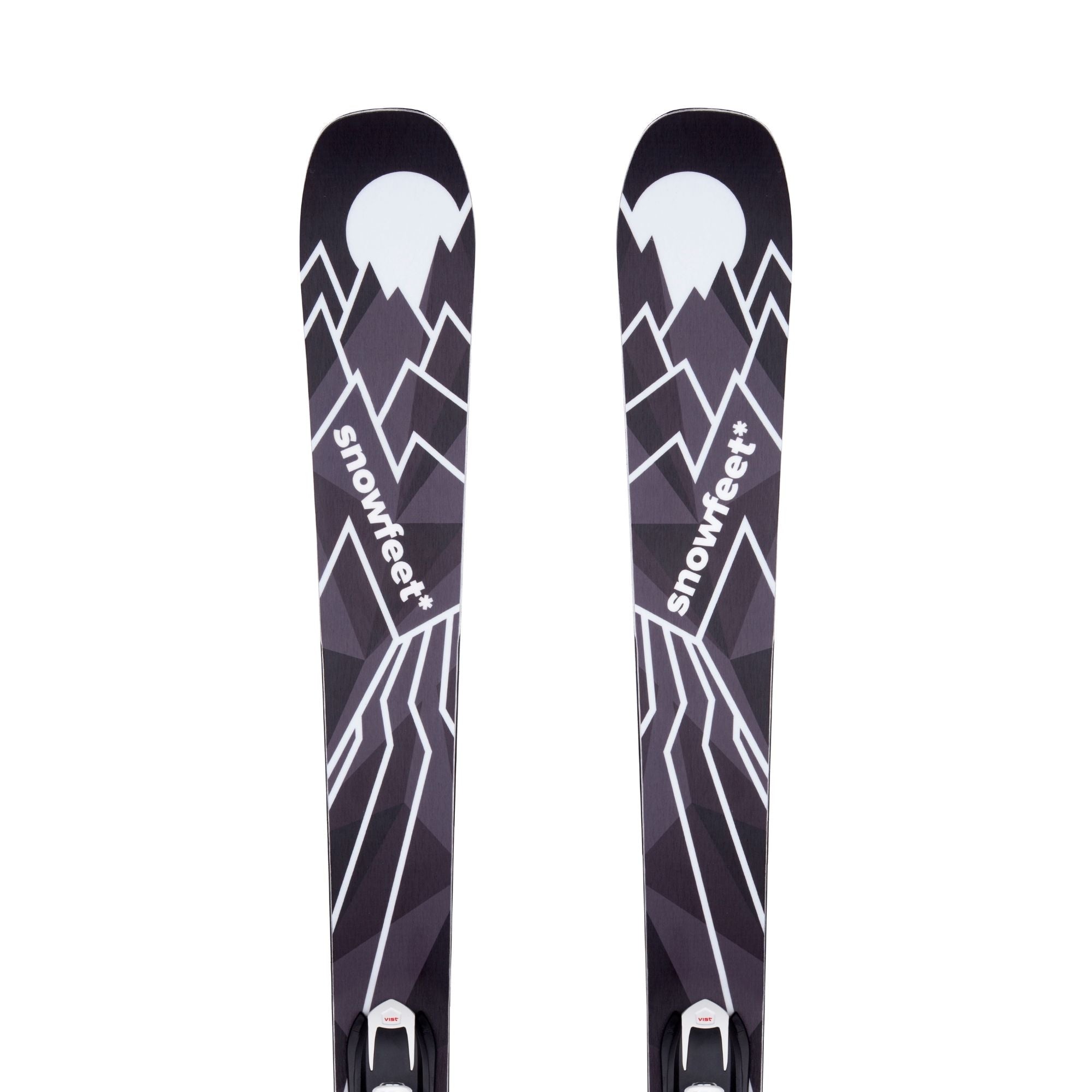
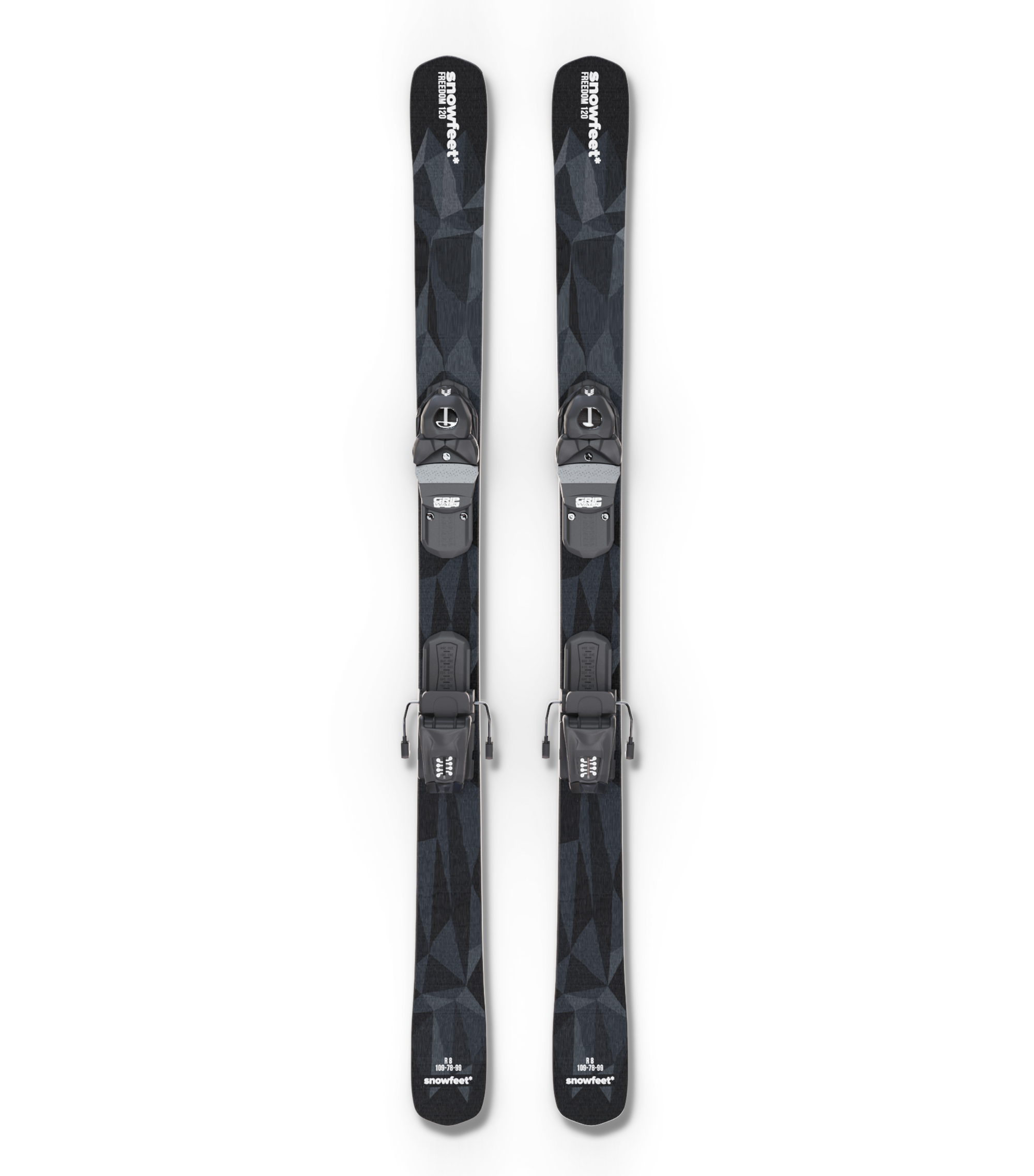
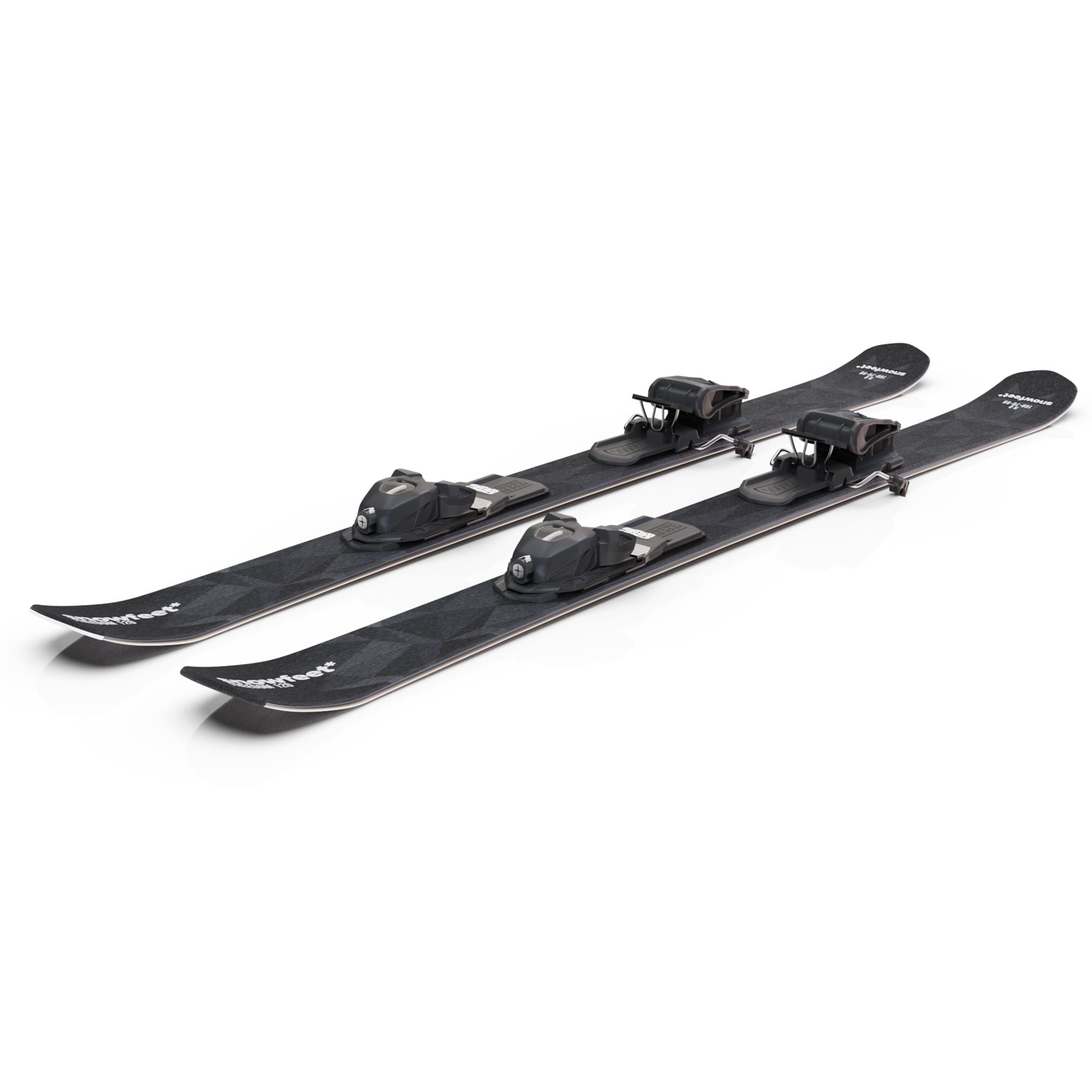
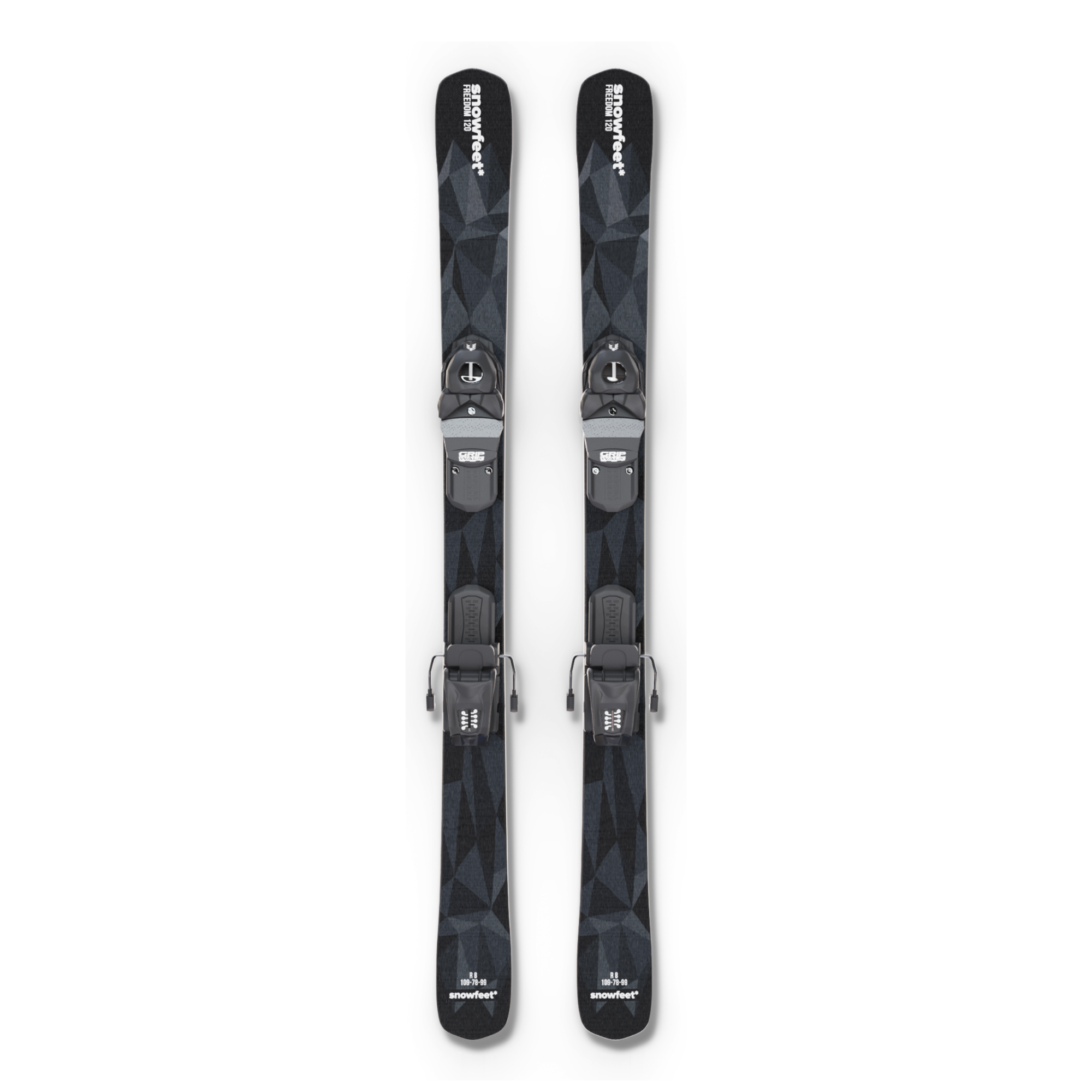
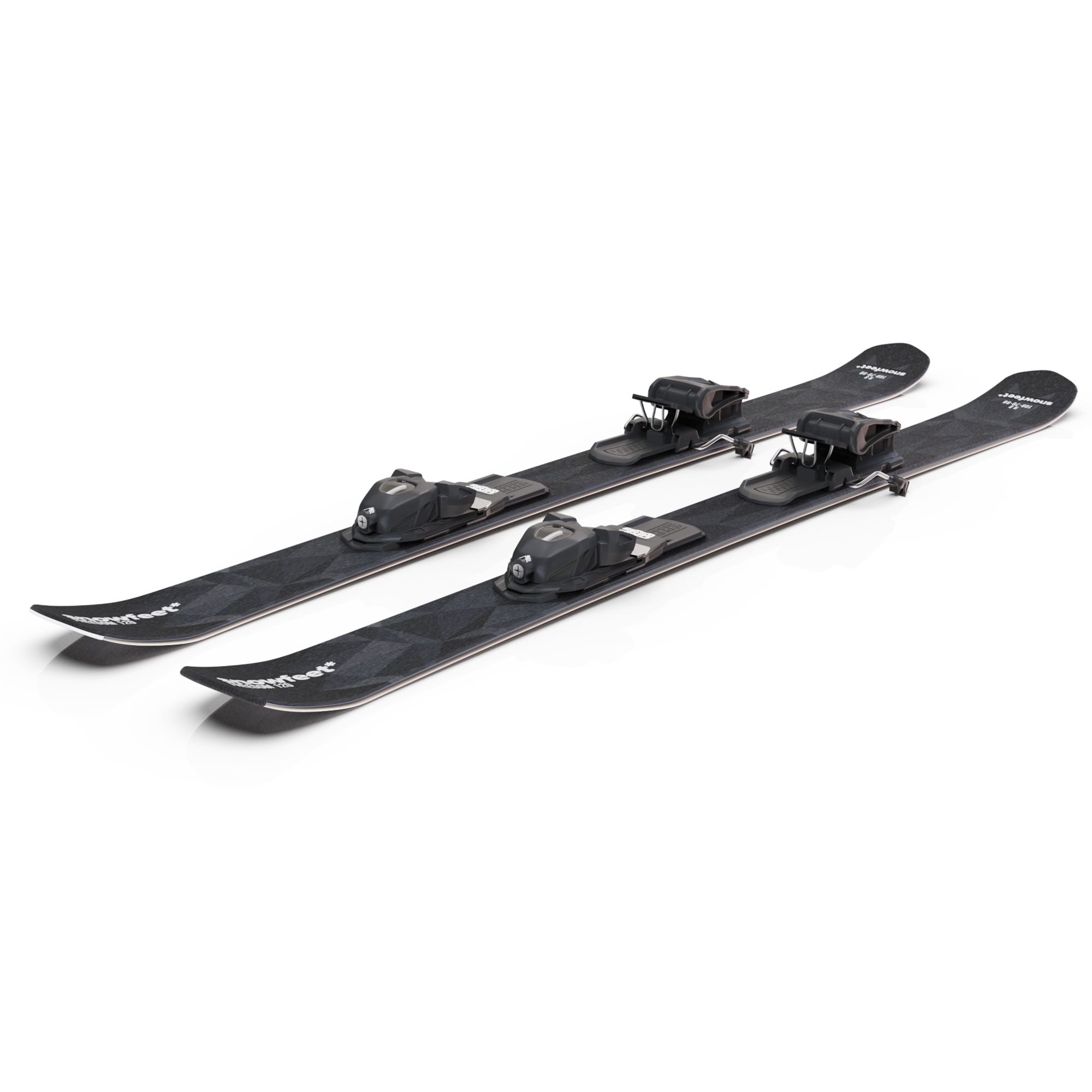
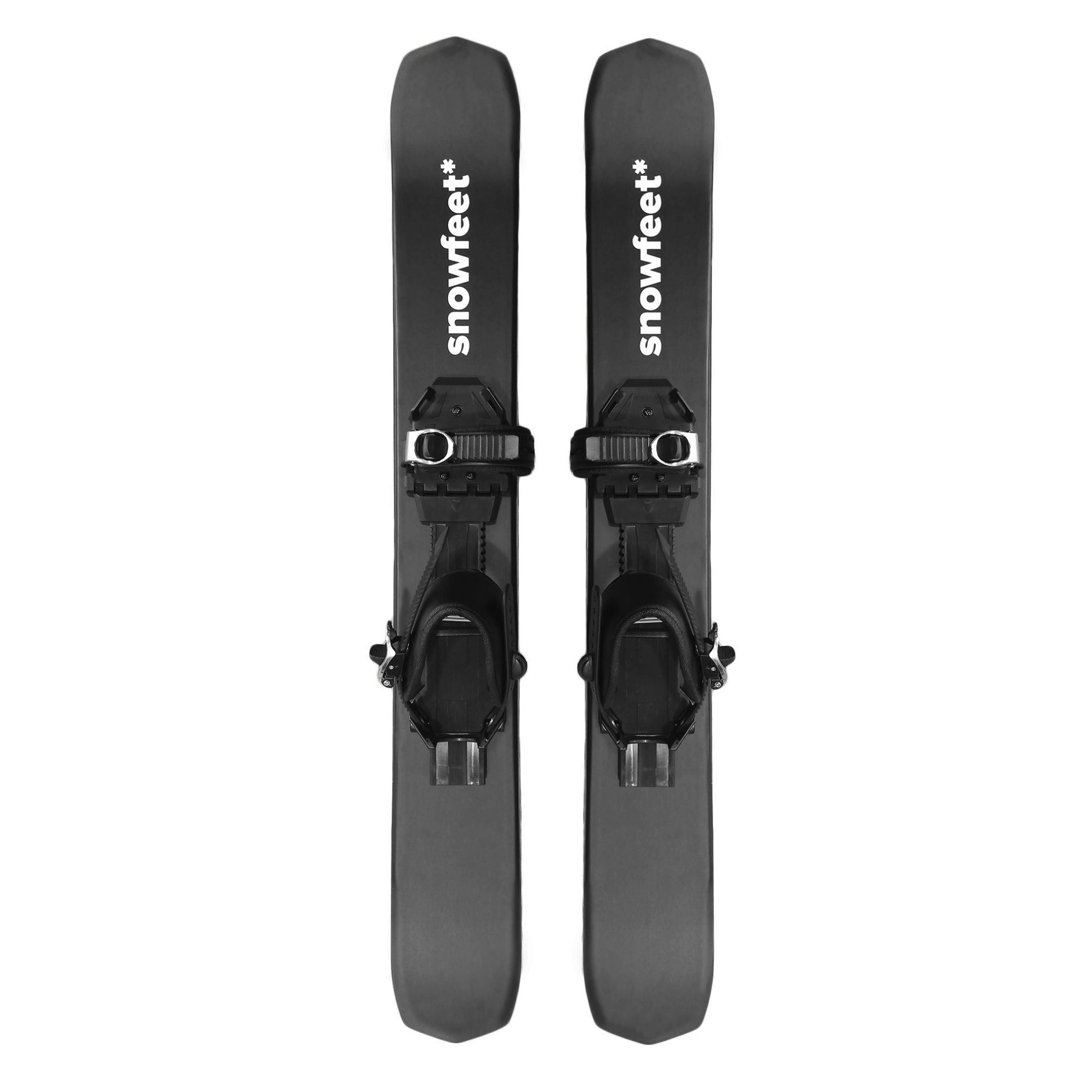
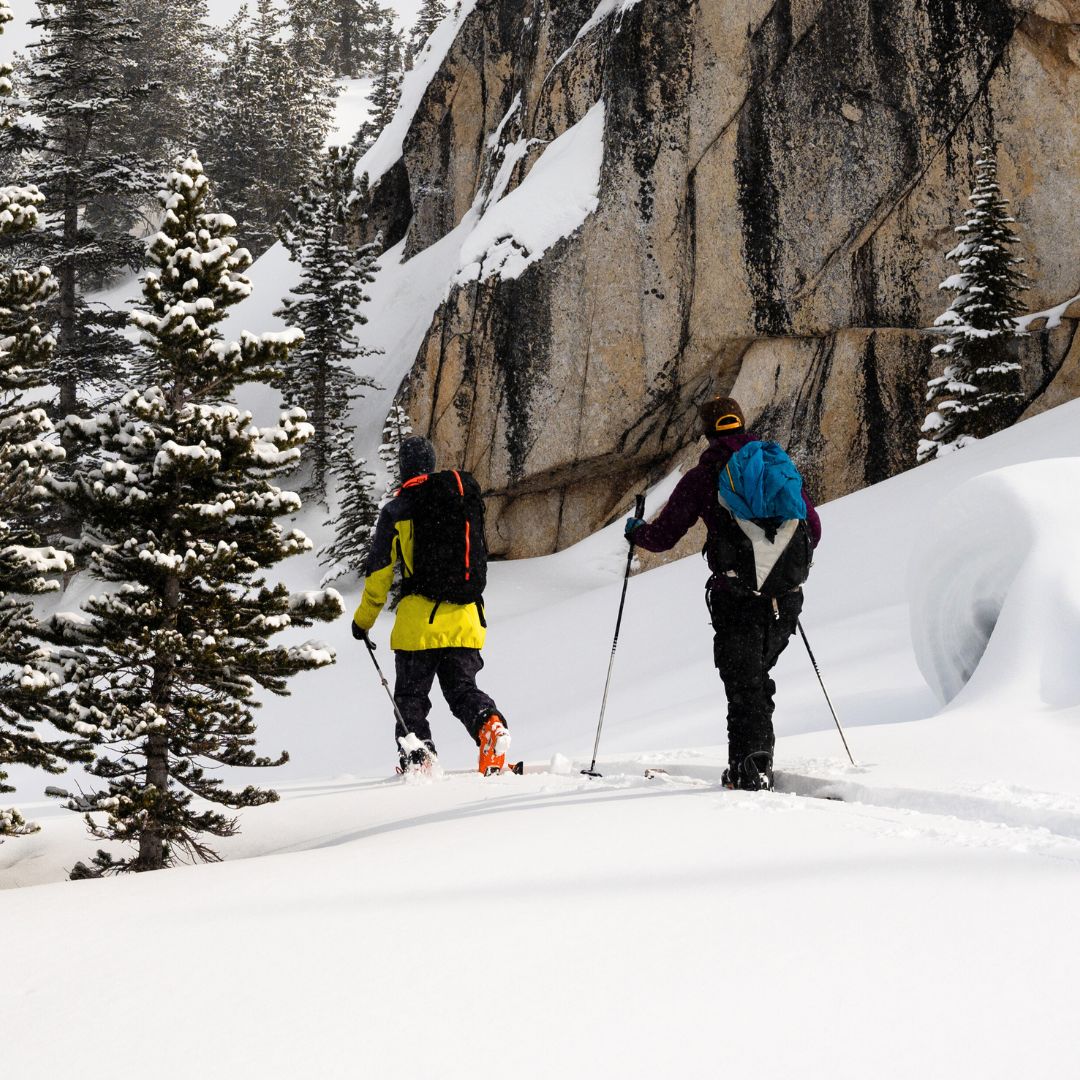
Hinterlasse einen Kommentar
Diese Website ist durch reCAPTCHA geschützt und es gelten die allgemeinen Geschäftsbedingungen und Datenschutzbestimmungen von Google.